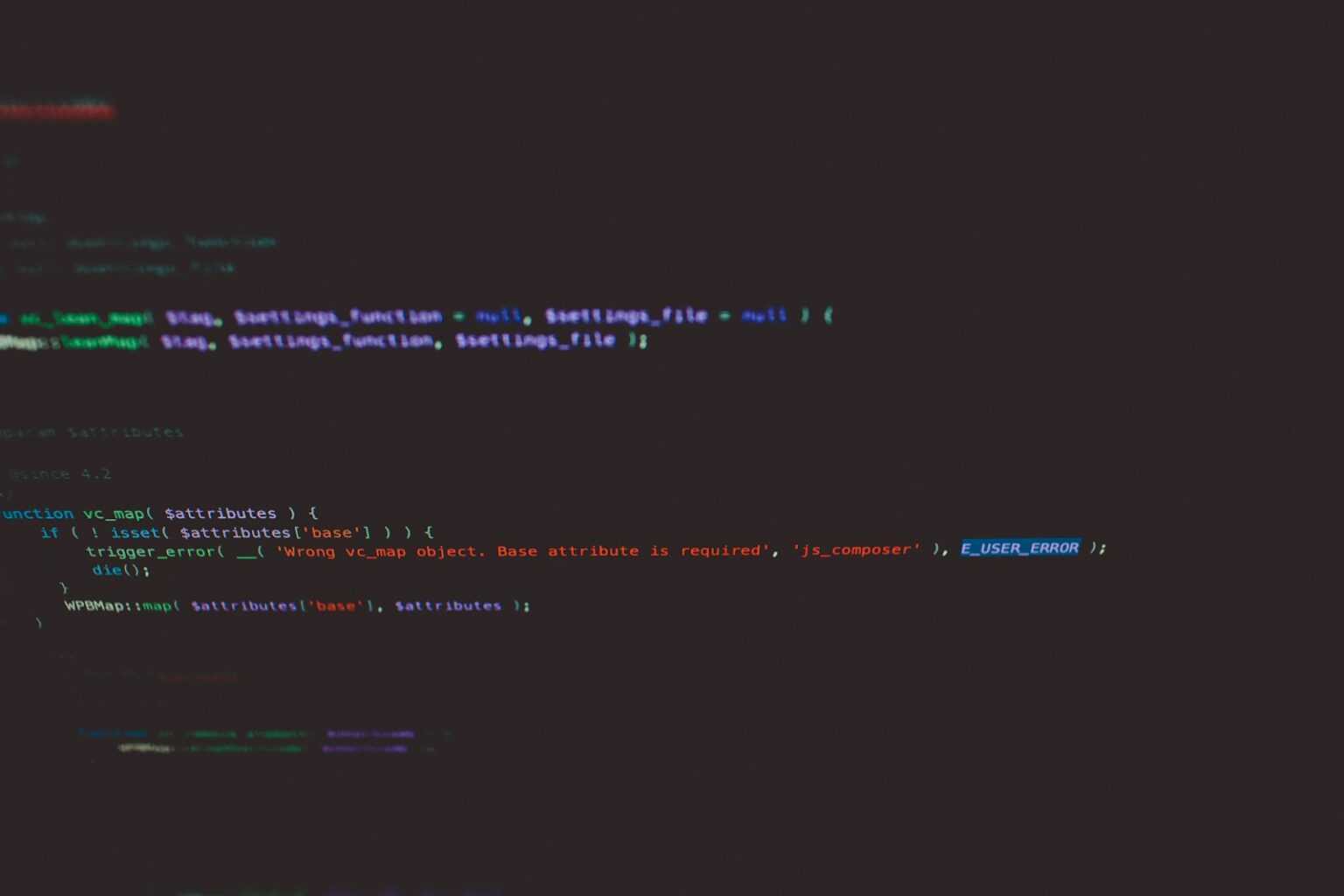Secure verification relies on irreversible mappings that convert input data into fixed-size outputs, preventing reconstruction of original information. Algorithms such as SHA-256 implement these irreversible processes by producing unique digests from varying inputs, ensuring data integrity and authentication.
These cryptographic tools operate through deterministic procedures that resist inversion, making it computationally infeasible to retrieve initial messages from resulting codes. Their design emphasizes collision resistance and preimage resistance, critical for safeguarding sensitive information in cybersecurity applications.
Understanding the inner workings of these algorithms reveals how complex numerical operations transform arbitrary data sets into succinct summaries. Experimenting with different inputs and analyzing output patterns cultivates a deeper grasp of their role in digital signatures, password storage, and blockchain validation mechanisms.
Hash Functions: One-Way Mathematical Transformations
For securing data integrity and enabling reliable verification, cryptographic algorithms such as SHA-256 provide a deterministic method to generate a unique digital fingerprint from any input. This process guarantees that even the slightest modification in the initial data produces an entirely different output, making reverse-engineering or prediction computationally infeasible.
The application of these mechanisms is critical in blockchain technology, where each block’s identification depends on such irreversible calculations. These procedures ensure authenticity by linking blocks via their fingerprints, creating an immutable ledger resistant to tampering attempts.
Fundamentals and Security Implications
The core property of these operations lies in their irreversible nature; given a specific result, reconstructing the original input is practically impossible without exhaustive search. This attribute underpins security protocols by preventing forgery and unauthorized access. Algorithms like SHA-256, standardized by NIST, use complex bitwise operations and modular arithmetic to achieve this unpredictability.
In experimental settings, altering a single bit of the input message changes approximately 50% of the output bits–a phenomenon known as the avalanche effect. This sensitivity reinforces trust in validation processes since any tampering becomes immediately evident through mismatched outputs during comparison stages.
- Fingerprint uniqueness: Even minor alterations yield distinct identifiers.
- Computational feasibility: Quickly generates results for large datasets.
- Collision resistance: Extremely low probability that two inputs produce identical outputs.
A practical approach involves testing various inputs against SHA-256 implementations to observe stability and robustness across platforms. Such experimentation confirms compliance with cryptographic standards and highlights potential weaknesses if present.
The verification mechanism relies on recalculating the signature from supplied data and comparing it against stored values without exposing sensitive information. This aspect allows secure authentication methods within distributed systems, enhancing trustworthiness without compromising privacy.
This layered experimentation strategy fosters deeper comprehension of how cryptographic signatures underpin decentralized consensus models while encouraging hands-on validation through systematic trials. Exploring these pathways cultivates confidence in adopting such algorithms for protecting digital assets and communications alike.
How hash mechanisms ensure data integrity
To verify that data remains unaltered during storage or transmission, cryptographic fingerprints are applied. These fingerprints represent concise outputs derived from input content through irreversible procedures. By comparing these outputs before and after data handling, one can detect any modifications, as even a minor change results in a vastly different fingerprint.
Among various algorithms, SHA-256 is widely utilized for generating fixed-length digests that serve as reliable identifiers for datasets. Its design guarantees collision resistance, meaning distinct inputs almost never produce identical outputs. This property underpins robust verification processes across blockchain networks and cybersecurity applications.
Mechanism of irreversible encoding in data validation
The process involves compressing arbitrary-sized input into a fixed-size summary string through complex computational operations. These routines are designed so that reconstructing the original message from the output is infeasible within reasonable timeframes, thereby securing sensitive information against reverse engineering.
This non-reversible characteristic enhances system security by preventing malicious actors from deducing source content based solely on its digest. For example, digital signatures employ such summaries to confirm authenticity without exposing private keys or raw data.
- Initial Input Processing: Data undergoes padding and segmentation to standardize length.
- Iterative Compression: Each block is processed through rounds of bitwise operations and modular arithmetic.
- Digest Formation: Final output aggregates intermediate states into a succinct hexadecimal string.
The resulting fingerprint acts like a unique seal; any alteration invalidates the match, signaling tampering or corruption during transmission.
An illustrative case involves blockchain transaction records: each block’s summary integrates previous blocks’ digests forming an immutable ledger. Attempts to modify past entries disrupt subsequent fingerprints, immediately flagging inconsistencies during routine verification by network nodes.
Practical experiments demonstrate that implementing these irreversible coding methods within distributed systems significantly enhances trustworthiness without requiring constant human oversight. Researchers continue refining algorithms like SHA-256 to optimize performance while maintaining stringent security standards crucial for safeguarding digital assets against evolving threats.
Common Algorithms and Their Applications
Verification of data integrity relies heavily on cryptographic algorithms that generate unique digital fingerprints for input information. Among these, the widely implemented SHA-256 produces fixed-length outputs essential for blockchain consensus mechanisms and transaction validation. This algorithm executes precise numerical procedures that convert variable-length inputs into condensed identifiers, ensuring alterations in input yield distinctly different outputs. Such characteristics underpin security protocols by preventing forgery and enabling reliable authenticity checks across decentralized ledgers.
The utility of these computational operations extends beyond cryptocurrencies into fields like digital signatures, certificate authorities, and password storage systems. Functions such as SHA-1, despite known vulnerabilities, historically served verification purposes before transitioning to more robust successors like SHA-3 variants. Experimental analysis demonstrates that incorporating multiple rounds of data processing within these routines enhances resistance against collision attacks, thereby reinforcing trustworthiness in environments demanding stringent confidentiality assurances.
Technical Overview and Practical Implementations
Algorithms based on iterative compression steps create succinct representations–termed fingerprints–that uniquely identify larger datasets without revealing original content details. For instance, SHA-256 utilizes 64 rounds of bitwise operations and modular additions to transform input streams, optimizing both speed and security on modern processors. Researchers can observe how subtle input modifications propagate through internal state variables during each cycle, leading to vastly altered final results–an effect known as the avalanche phenomenon.
Comparative studies reveal applications where function choice critically impacts system resilience. In blockchain networks, SHA-256 serves dual roles: securing block headers via proof-of-work puzzles and enabling rapid transaction verification through Merkle tree structures. Alternative algorithms like BLAKE2 offer improved performance metrics while maintaining cryptographic strength suitable for embedded systems or high-frequency trading platforms. Rigorous testing using standardized test vectors confirms that employing these transformations correctly mitigates risks associated with preimage or second-preimage attacks.
Preventing Collisions in Hash Outputs
To minimize the risk of identical outputs for different inputs, it is critical to select cryptographic algorithms with strong resistance against output duplication. Algorithms such as SHA-256 generate distinct fixed-length digests that serve as unique identifiers or digital fingerprints for original data, making collisions highly improbable through vast output spaces. Rigorous analysis and testing confirm that these digest generators maintain high sensitivity to input variations, ensuring reliable verification processes.
Ensuring collision resistance begins with understanding the underlying complexity of producing matching outputs. The probability of two different datasets yielding the same digest should approach zero within practical computational limits. For instance, SHA-256 produces a 256-bit output, providing 2^256 possible combinations–an astronomically large set that renders brute-force collision attempts infeasible with current technology. This mathematical property forms the backbone of many security protocols and blockchain consensus mechanisms.
Strategies and Experimental Approaches to Collision Prevention
One effective technique involves iterative testing of hashing algorithms using extensive datasets composed of structured variations and randomized inputs. By applying the digest generator repeatedly on these diverse samples, researchers can observe patterns or rare occurrences indicating potential collisions. Such experiments allow refinement of algorithm parameters or adoption of enhanced versions like SHA-3, which incorporates sponge construction for improved absorption and squeezing phases during computation.
A practical investigation includes deploying differential analysis methods that trace how minimal changes in input influence output discrepancies. This approach reveals avalanche effects–a desirable trait where slight alterations cause significant shifts in resulting identifiers–thereby strengthening resistance against accidental or malicious overlaps. Laboratories have demonstrated this experimentally by encoding incremental byte modifications and documenting corresponding digest deviations across thousands of trials.
- Use longer output lengths: Extending digest size exponentially decreases collision chances.
- Employ salting techniques: Adding random data before processing diversifies outputs for identical inputs.
- Monitor algorithm health: Regular cryptanalysis ensures timely detection of vulnerabilities or weaknesses.
The implementation of layered verification schemes further enhances reliability. Combining multiple distinct fingerprinting procedures sequentially complicates collision generation since attackers must simultaneously satisfy constraints across various algorithms. Case studies within blockchain networks illustrate how multi-hash validations preserve transaction integrity despite isolated theoretical compromises in singular constructs.
This experimental data supports ongoing adoption trends favoring robust digest generators with extended bit lengths and advanced internal designs. Encouraging continuous empirical evaluation empowers developers and analysts to anticipate emerging threats while maintaining confidence in digital authentication tools essential to decentralized systems’ resilience.
Using hashes for password storage
Storing passwords securely requires applying irreversible data transformations that prevent the original input from being retrieved, even if the storage system is compromised. By converting a password into a fixed-size output resembling a digital fingerprint, systems enable verification without exposing sensitive information. These irreversible computations are designed to ensure that each unique input produces a distinct and consistent output, which makes them highly suitable for authentication processes.
The process of verifying credentials involves comparing the stored output with the result generated from the submitted password. Since the transformation cannot be undone, this approach protects against attackers who might gain access to stored values. Additionally, well-designed algorithms resist collisions where different inputs produce identical outputs, thereby enhancing integrity and security.
Technical analysis of irreversible computations in password management
Utilizing cryptographic digest techniques ensures robust defense mechanisms in user authentication systems. For example, implementations such as bcrypt, Argon2, and PBKDF2 apply multiple iterations and incorporate salts–randomized data added to passwords before processing–to mitigate risks associated with brute-force attacks and rainbow tables. Salting disrupts predictable patterns by introducing uniqueness even when identical passwords exist across accounts.
Experimental evaluations demonstrate that increasing iteration counts significantly slows down adversaries attempting exhaustive searches without noticeably degrading legitimate verification speed. This balance between computational cost and usability can be adjusted according to security policies or hardware capabilities. Furthermore, advanced algorithms adapt their parameters over time to counteract improvements in attack technologies.
- Bcrypt: Introduces adaptive complexity through configurable rounds.
- Argon2: Incorporates memory-hard functions to resist specialized hardware attacks.
- PBKDF2: Applies repeated keyed-hashing for enhanced computational effort.
A practical experiment involves hashing identical passwords with varying salts and iterations to observe output diversity and performance impact. Such hands-on investigation reveals how subtle changes influence both security posture and system responsiveness. Tracking these outcomes fosters deeper understanding of why irreversible conversions remain foundational in safeguarding stored credentials within blockchain-based identity frameworks and beyond.
Conclusion: Verifying File Authenticity with SHA-256
Utilizing the SHA-256 algorithm to generate a unique digital fingerprint offers a robust method for file verification, ensuring data integrity and protection against tampering. This cryptographic digest acts as an irreversible identifier, enabling precise confirmation that a file remains unaltered by comparing its computed output with a trusted reference.
The application of these irreversible computational procedures extends beyond simple validation; they reinforce security protocols across blockchain networks, software distribution, and secure communications. As computational capabilities advance, continuous evaluation and refinement of such algorithms remain essential to address emerging vulnerabilities and maintain trust in digital authenticity.
Future Directions and Experimental Insights
- Algorithmic resilience: Ongoing research into collision resistance strengthens confidence in SHA-256’s ability to provide distinctive fingerprints even under intensive cryptanalysis.
- Quantum computing impact: Investigating post-quantum alternatives becomes imperative as quantum processors pose potential threats to current cryptographic standards.
- Integration strategies: Combining hash-based verification with multi-factor authentication and decentralized timestamping can enhance overall data security frameworks.
- Practical experimentation: Readers are encouraged to compute SHA-256 values on various file versions, observing how minor modifications drastically alter the resulting output–demonstrating sensitivity crucial for reliable verification.
This approach exemplifies how precise numerical summaries serve as critical tools in safeguarding digital content. Continuous exploration of these mechanisms will deepen understanding of their strengths and limitations, guiding the development of next-generation safeguards tailored for increasingly complex information systems.








